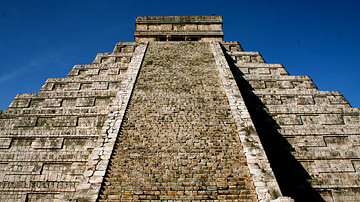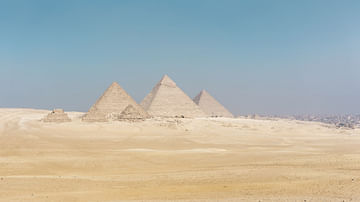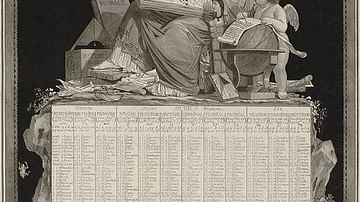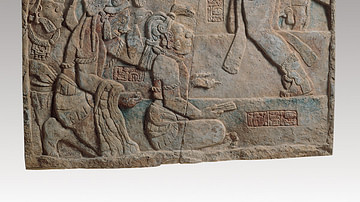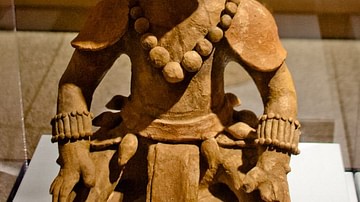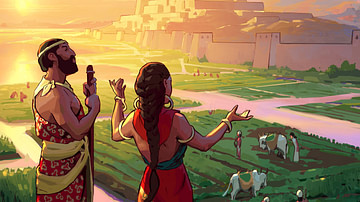Video
About the Author
Cite This Work
APA Style
Macquire, K. (2021, May 21). The Maya Calendar, Culture and History: an Introduction to a Mesoamerican Civilization. World History Encyclopedia. Retrieved from https://www.worldhistory.org/video/2535/the-maya-calendar-culture-and-history-an-introduct/
Chicago Style
Macquire, Kelly. "The Maya Calendar, Culture and History: an Introduction to a Mesoamerican Civilization." World History Encyclopedia. Last modified May 21, 2021. https://www.worldhistory.org/video/2535/the-maya-calendar-culture-and-history-an-introduct/.
MLA Style
Macquire, Kelly. "The Maya Calendar, Culture and History: an Introduction to a Mesoamerican Civilization." World History Encyclopedia. World History Encyclopedia, 21 May 2021. Web. 18 Apr 2024.

